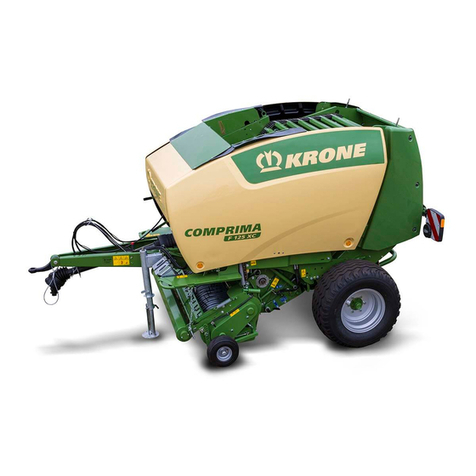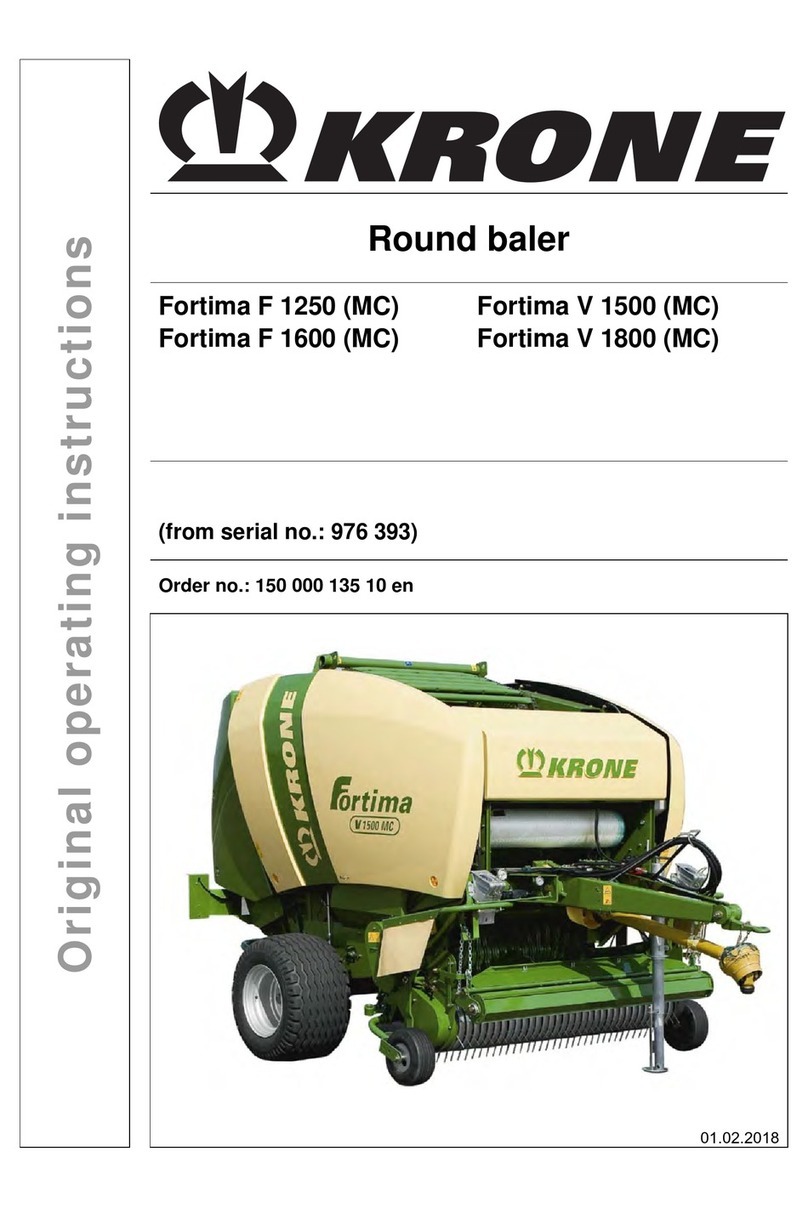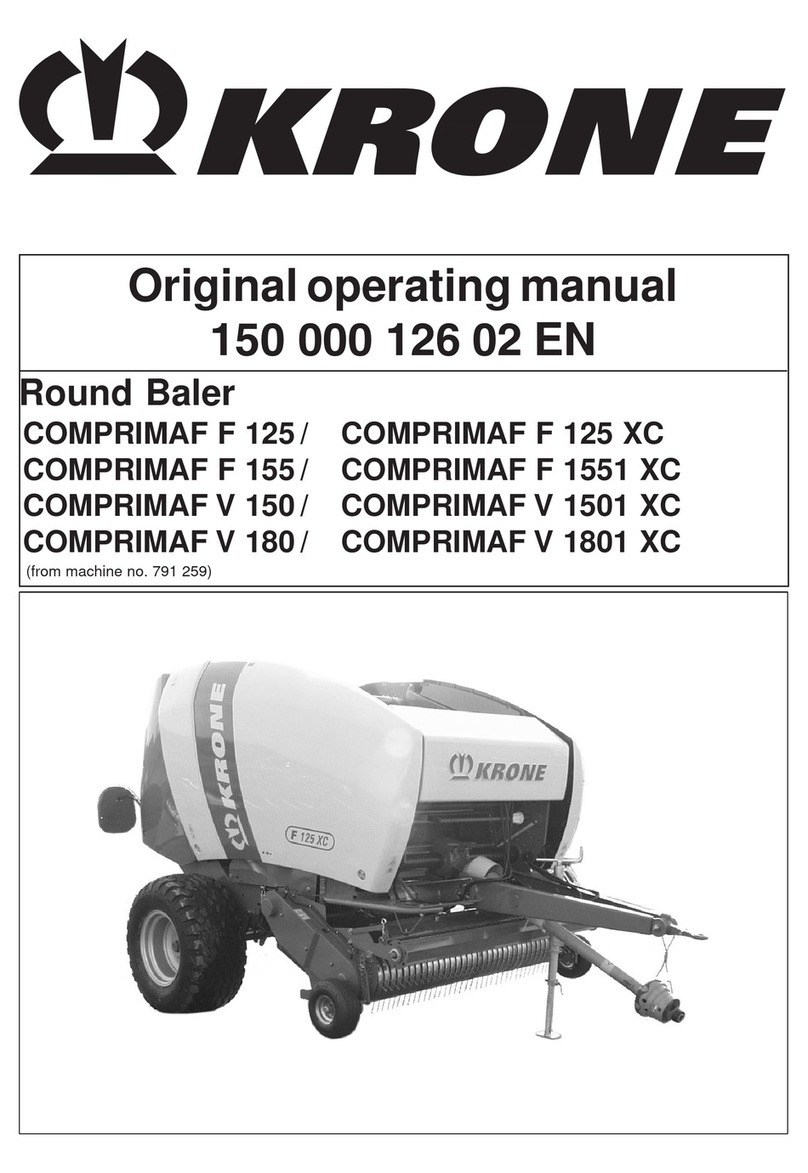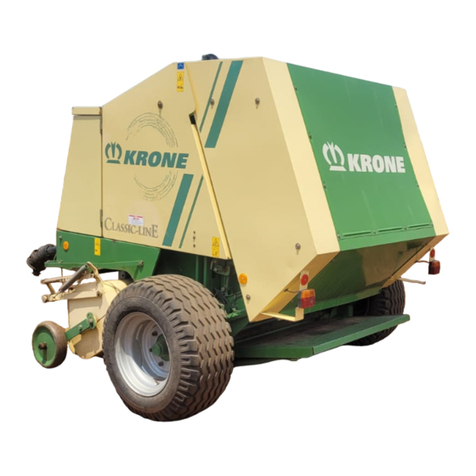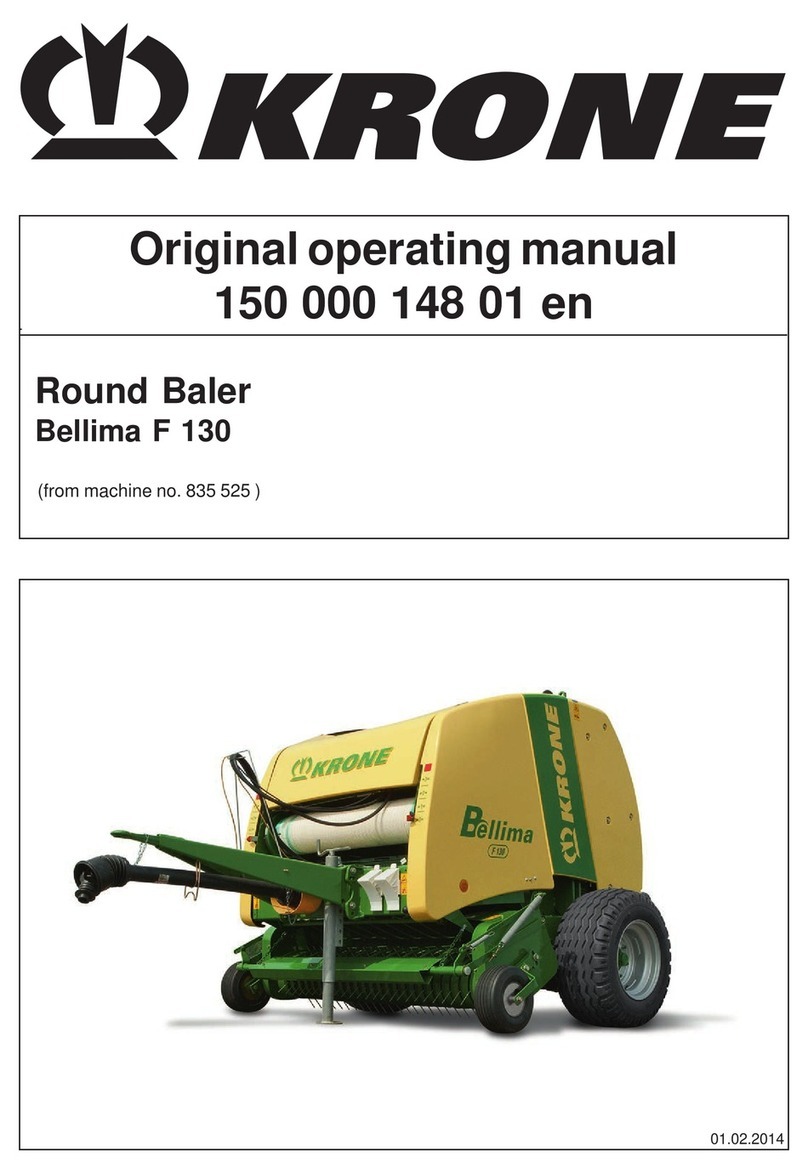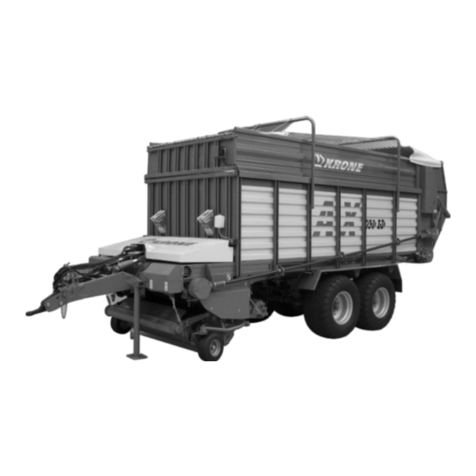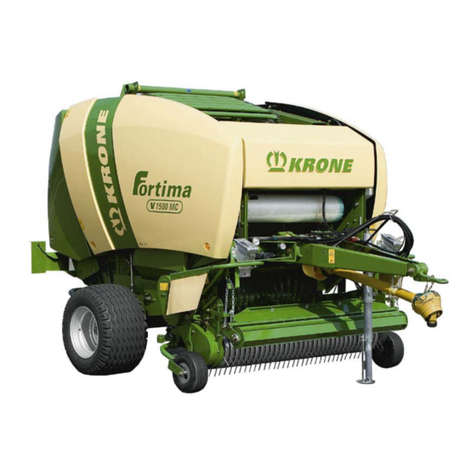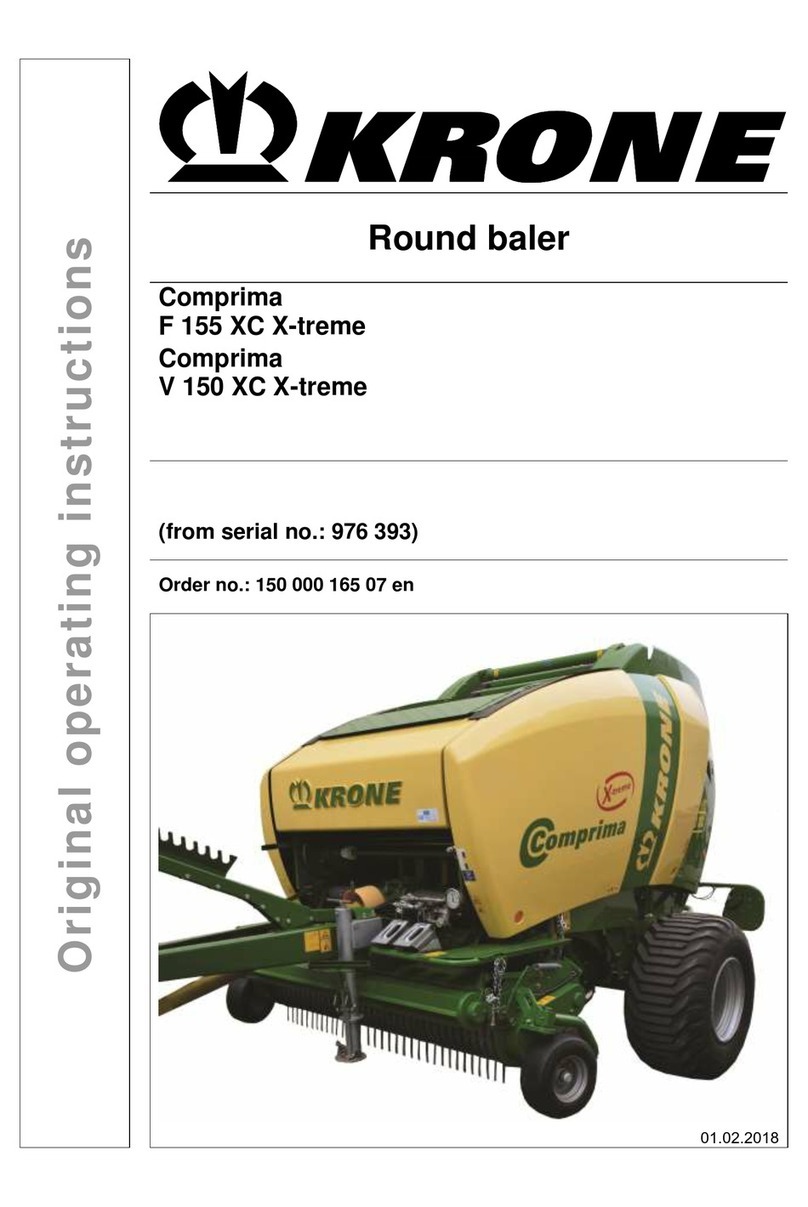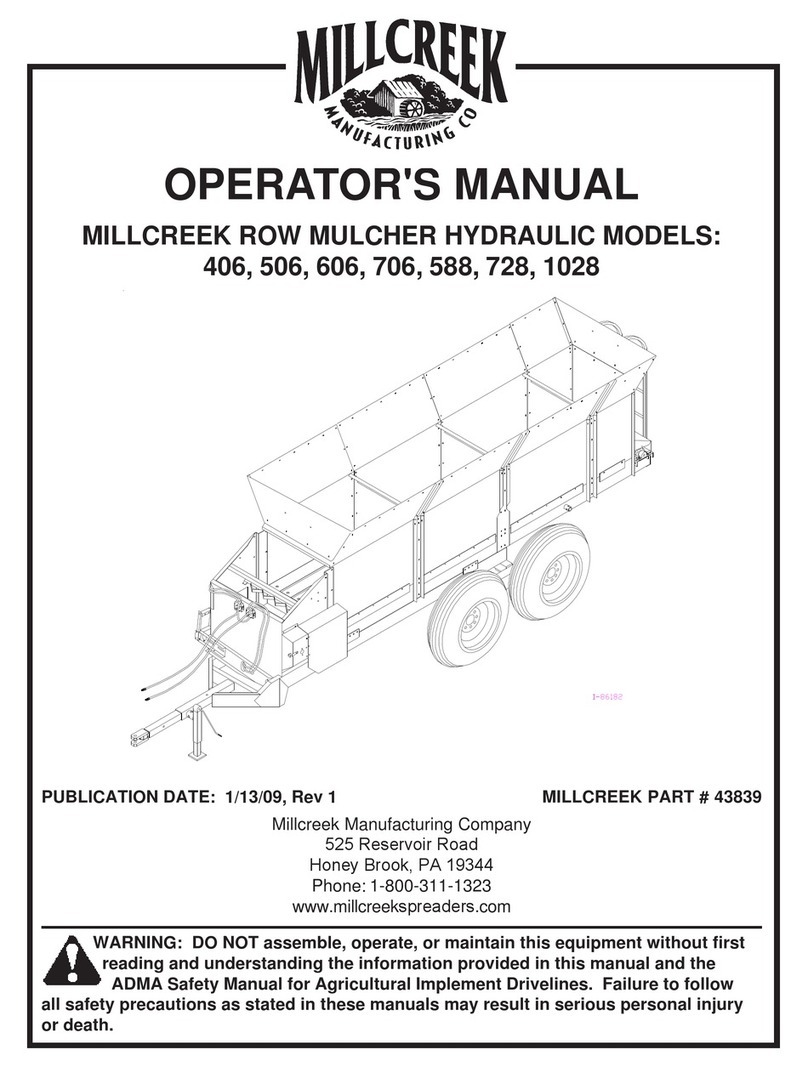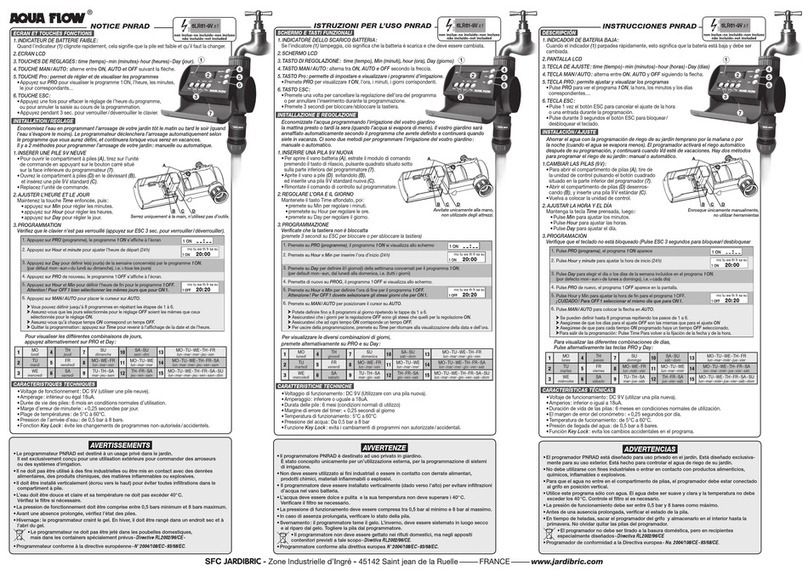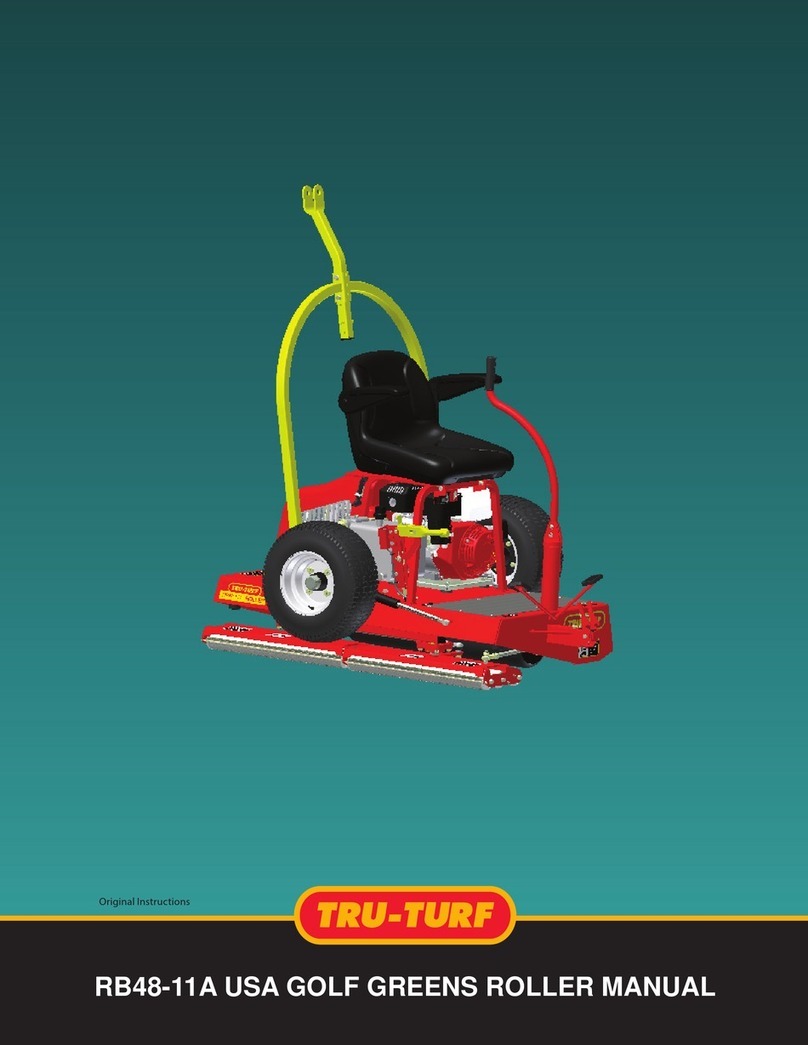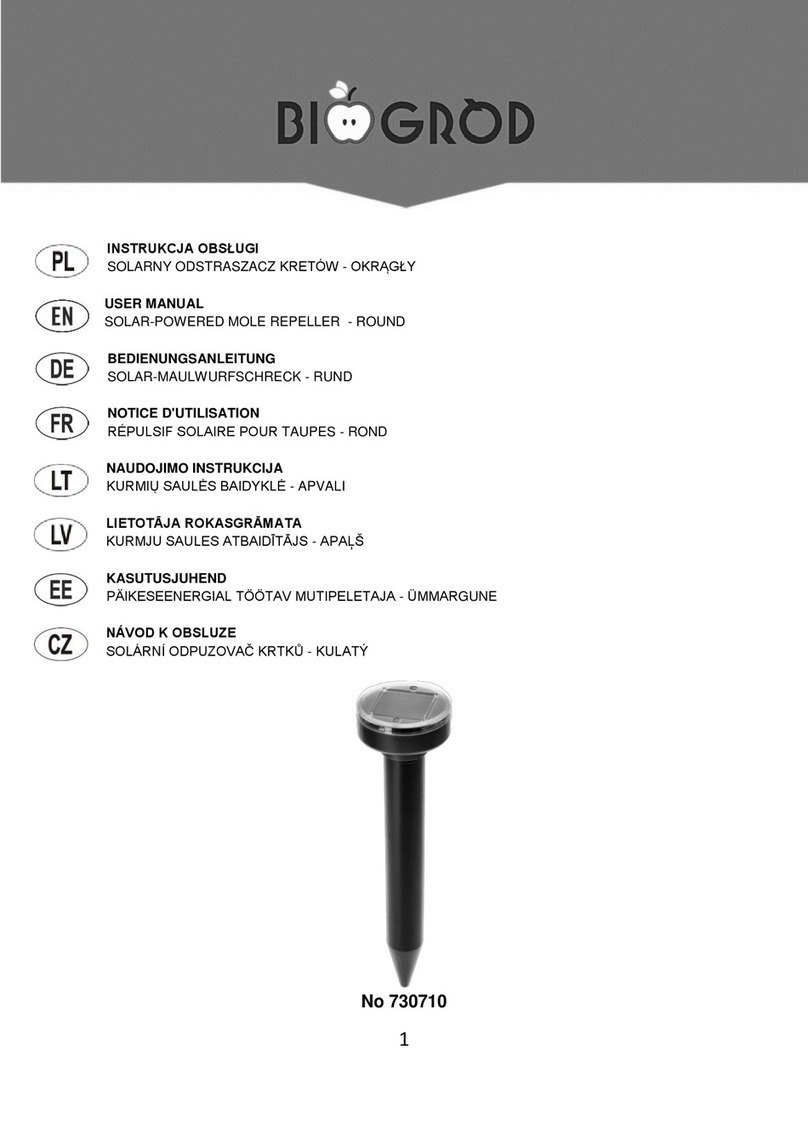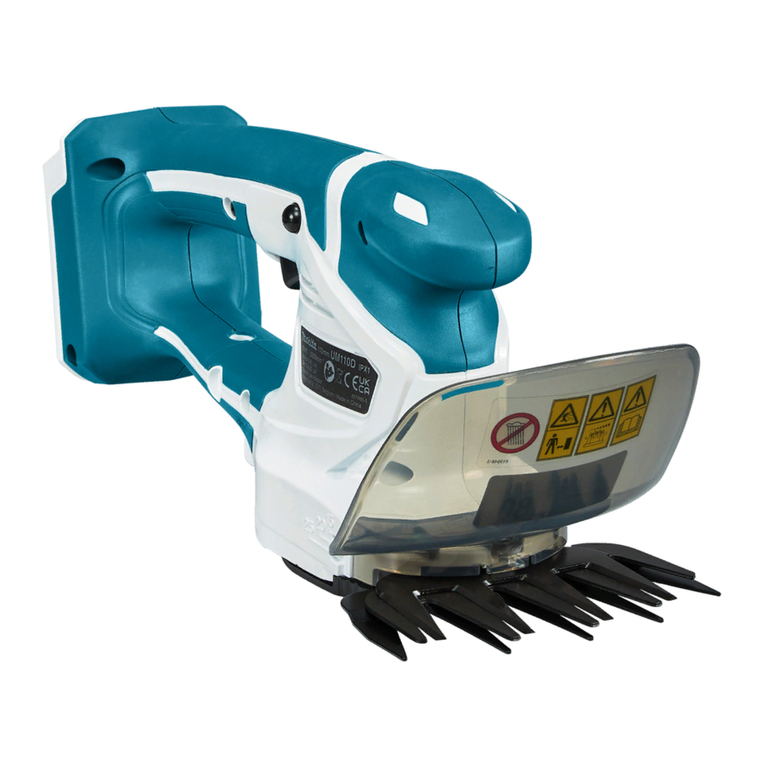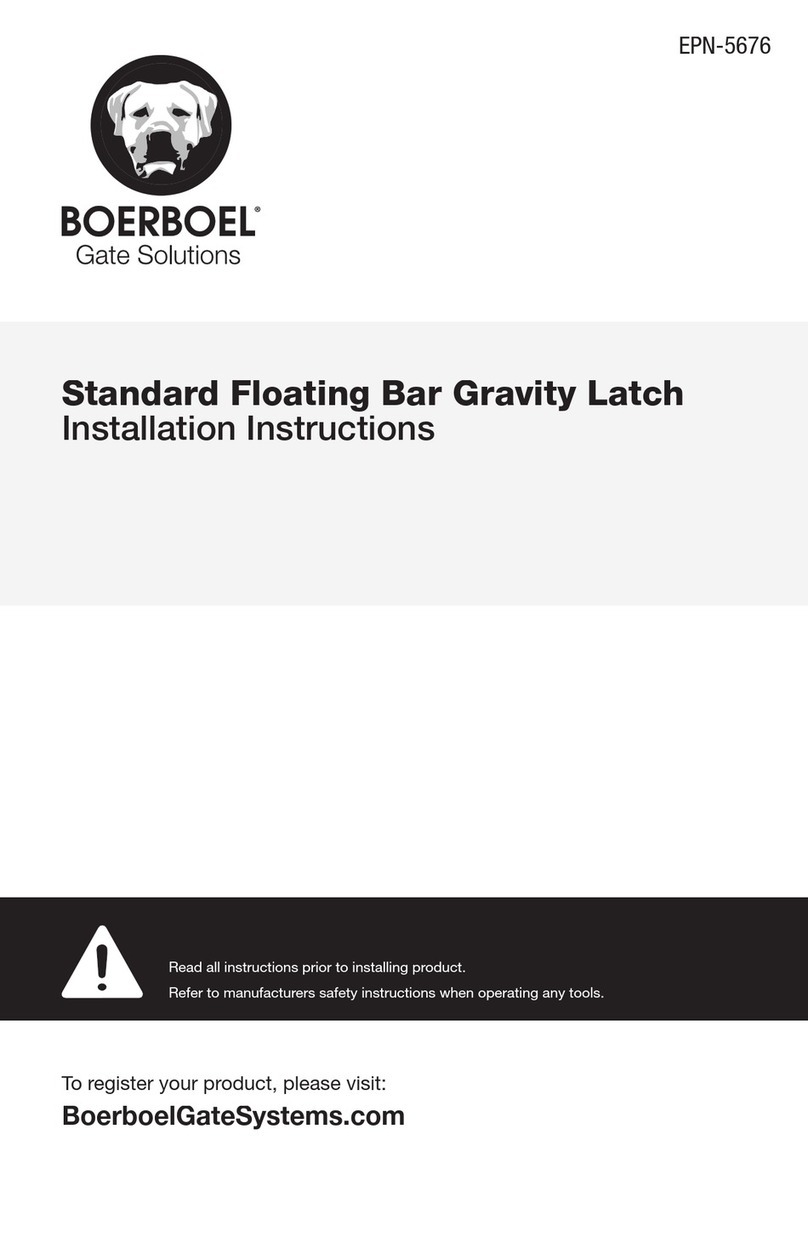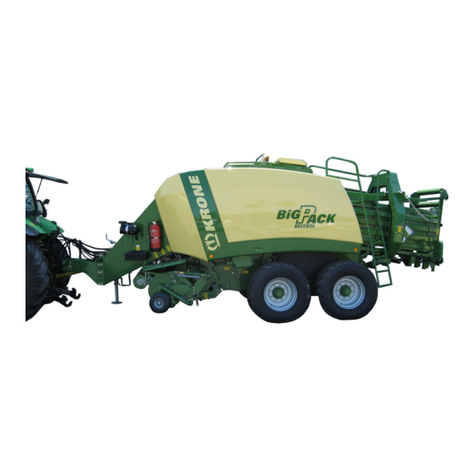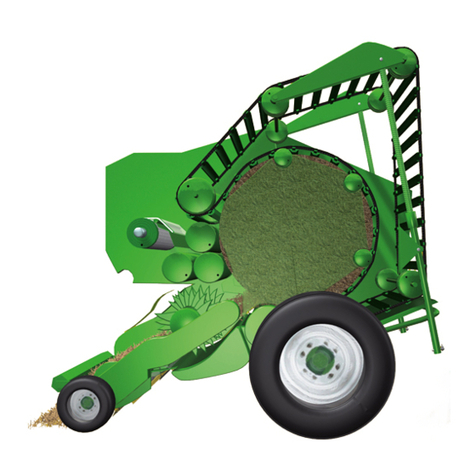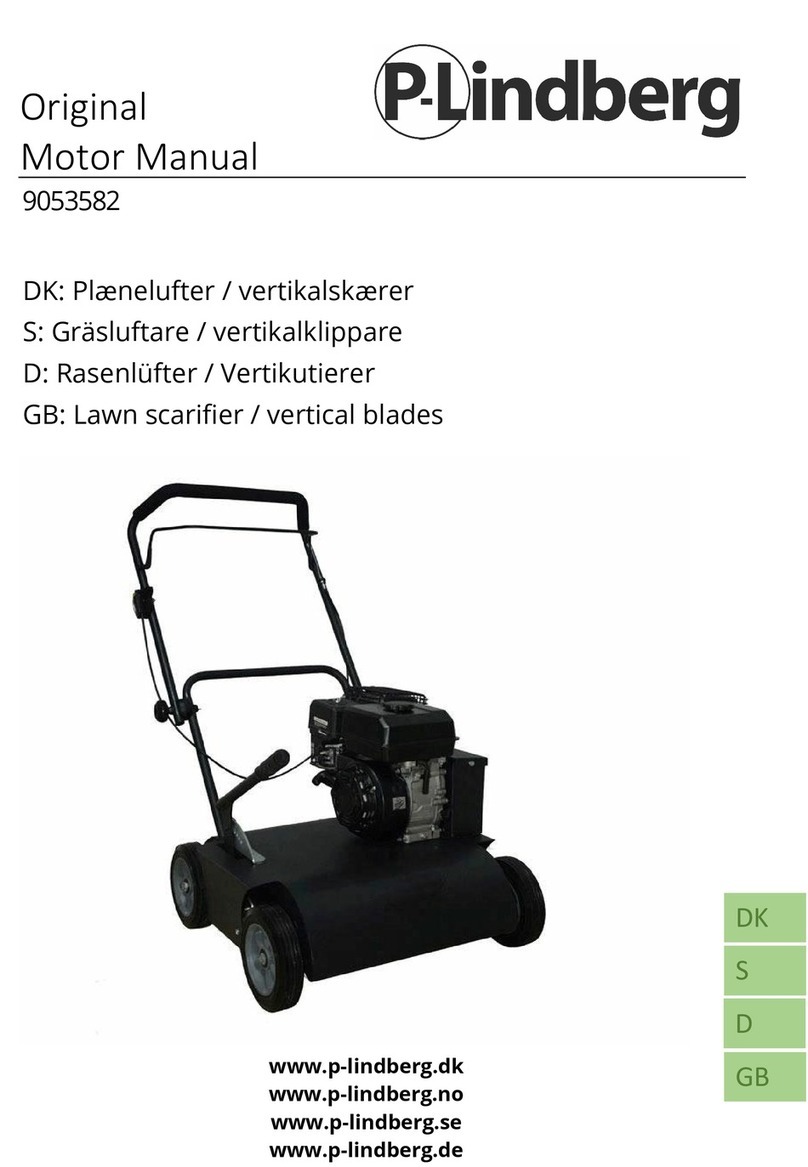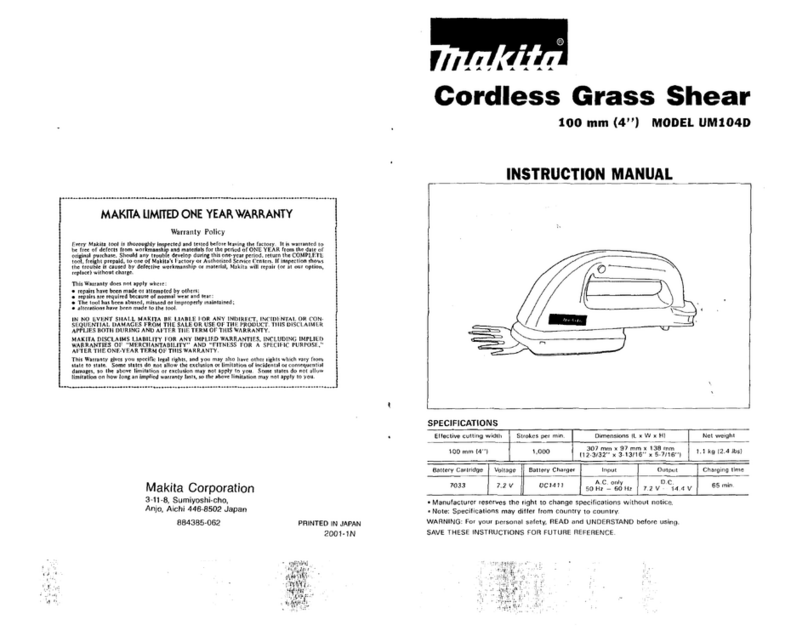
II - 2
Safety
Observe the applicable traffic laws when using public
roads (for example, in Germany, the Road Traffic
Type Approval Law and Road Traffic Law).
2.2.4Safety Instructions and Accident
Prevention Regulations
1. Please follow all generally applicable safety and
accident prevention regulations in addition to the
safety instructions contained in this manual!
2. The attached warning and safety signs provide
important information for safe operation. Pay
attention to these for your own safety!
3. When using public roads, make sure to observe
the applicable traffic regulations!
4. Make sure that you are familiar with all equipment
and controls as well as their functions before
you begin working with the machine. It is too
late to learn this when you are operating the
machine!
5. The user should wear tight fitting clothes. Avoid
wearing loose or baggy clothing.
6. Keep the machine clean to prevent the danger of
fire!
7. Before starting or moving the machine, make
certain that nobody is in the vicinity of the
machine! (Watch for children!) Make sure that
you have a clear view!
8. Carrying passengers during operation and
transport on the working implement is not
permitted.
9. Attach implements correctly! Attach and secure
implements to specified devices only!
10. When attaching or removing implements, place
the supporting devices in the correct positions!
11. Use extreme caution when attaching or detaching
implements onto or from the tractor!
12. Always attach ballast weights properly to the
fixing points provided!
13. Observe permitted axle loads, gross weight and
transport dimensions!
14. Check and attach transport equipment such as
lighting, warning devices and any protective
equipment!
15. Actuating mechanisms (cables, chains, linkages
etc.) for remote controlled devices must be
positioned in such a way that no movements are
unintentionally triggered at any transport or
working positions.
16. Ensure that implements are in the prescribed
condition for on-road travel and lock them in
place according to the manufacturer's
instructions!
17. Never leave the driver's seat when the vehicle is
moving!
18. Always drive at the correct speed for the
prevailing driving conditions! Avoid sudden
changes in direction when traveling uphill or
downhill or across a gradient!
19. Attached implements and ballast weights effect
the driving, steering and braking response of the
machine. Make sure that you are able to brake
and steer the machine as required!
20. Take into account the extension radius and/or
inertia of an implement when turning corners!
21. Start up implements only when all protective
devices have been attached and set in the
required position!
22. Keep clear of the working range of the machine at
all times!
23. Do not stand within the turning and slewing range
of the implement!
24. Never operate the hydraulic folding frames if
anyone is inside the slewing range!
25. Parts operated by external power (e.g.
hydraulics) can cause crushing and shearing
injuries!
26. Before leaving the tractor, lower the implement
onto the ground, switch off the engine and
remove the ignition key!
27. No one should stand between the tractor and the
implement unless the vehicle has been secured
against rolling by the handbrake and/or wheel
chocks!
